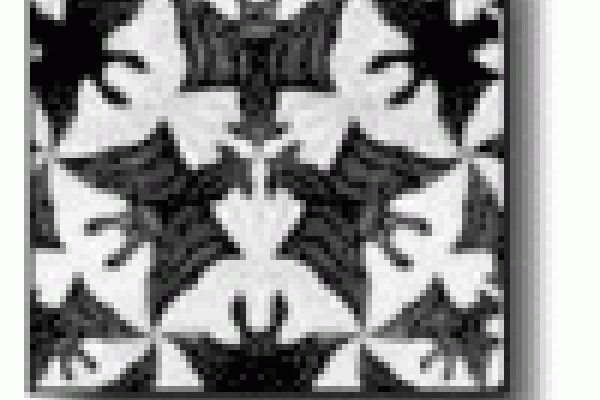Article


A geometry for strings
If, as string theory suggests, the world is made of strings, then what does that mean for a geometry of points? Find out more in this video.

